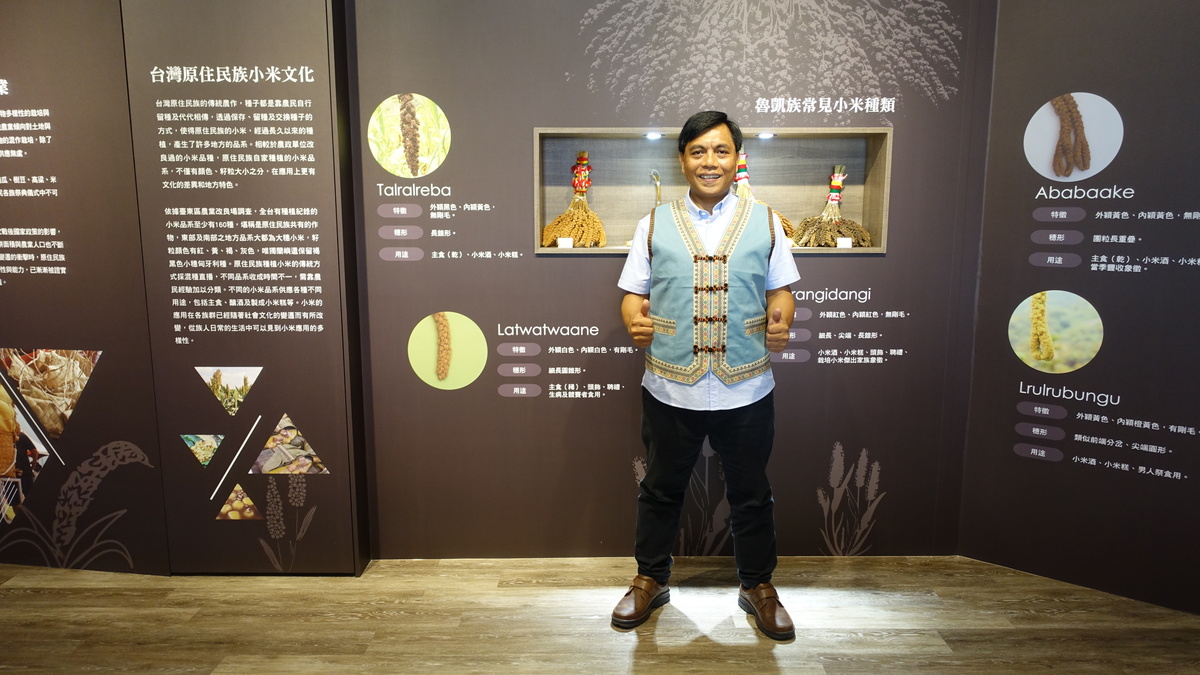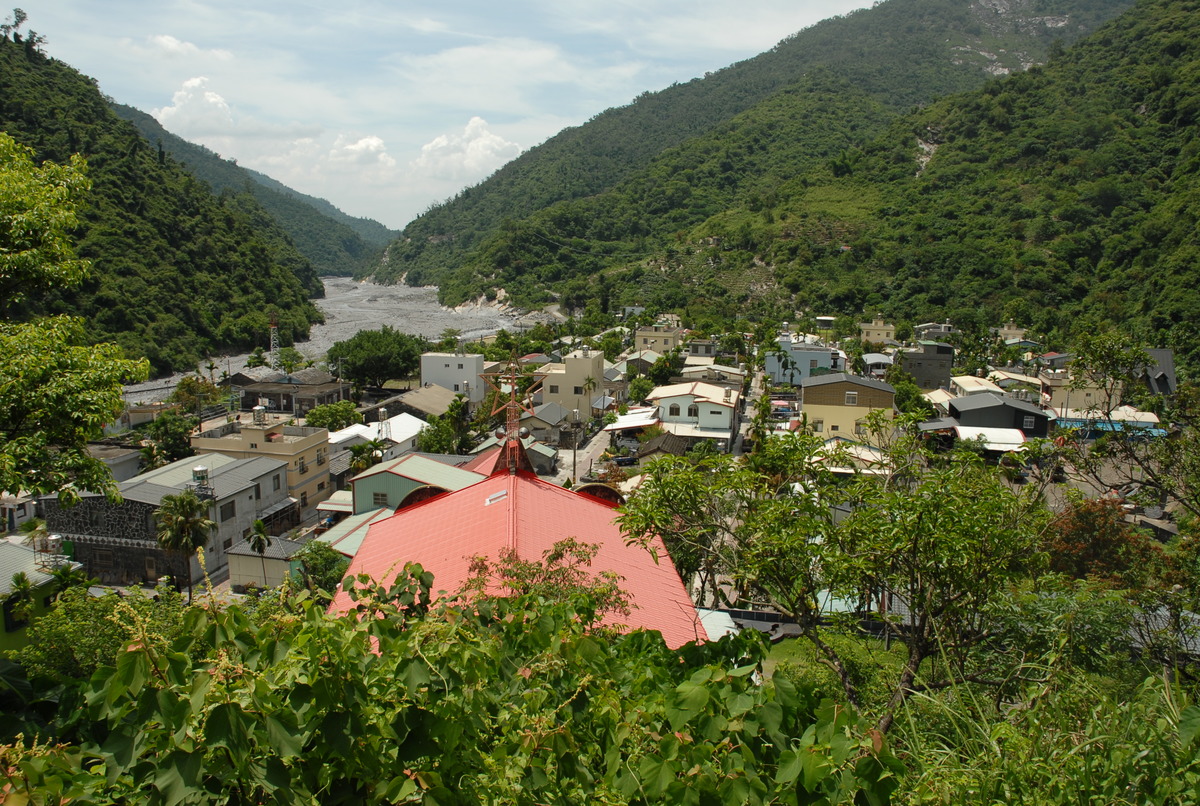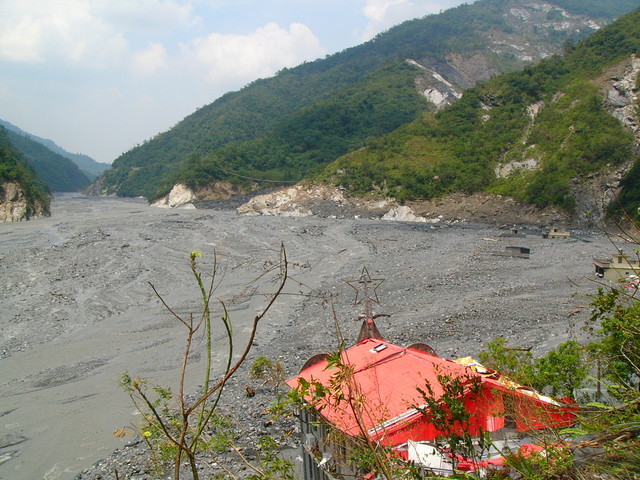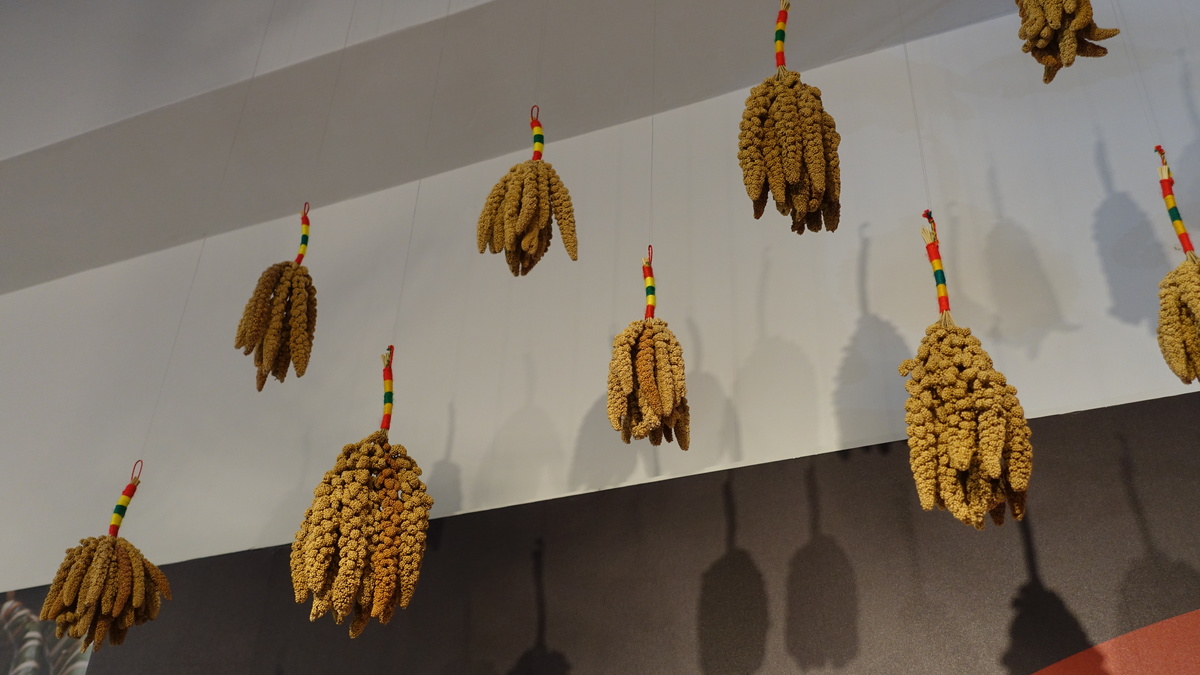How disaster policies affected the culture of the Rukai community in Southern Taiwan




In 2009, Typhoon Morakot struck Central and Southern Taiwan, leaving 673 people dead and 26 missing, causing a severe flood and enormous damages. Landslides caused by the typhoon destroyed several Rukai and Paiwan tribes’ villages in the mountains. Six villages were later relocated to lowlands by the government; one of them was Kucapungane, inhabited by Rukai people, the hometown of Professor Sasala Taiban, the Director of the Center for Austronesia Social and Cultural Development at National Sun Yat-sen University. Relocation completely changed the life of the villagers and disintegrated their culture and traditions. To preserve ancestors’ culture, “we need to reinforce the resistance to climate change in mountainous areas”, said Professor Sasala.
Multiple relocations to lower lands steadily changed the lifestyle of the people of the Kucapungane village. Although the proximity to lowlands meant more employment and education opportunities, and availability of healthcare services, there were no forests in the vicinity, and also, the government didn’t provide any agricultural areas for the relocated people, which seriously affected their traditional activities: hunting, foraging, and agricultural habits. Even more people decided to leave the village and migrated further to the lowlands. “The only thing we could do was to look for employment in the city”. The hot and humid climate of the lowlands was unsuitable for growing traditional crops of the Rukai tribe: millet, sweet potato, and taro, but also caused negative health outcomes in the villagers, accustomed to a colder climate. Besides, the soil bears a strong connection to the history and culture for the Rukai people, thus it became difficult to pass on their culture to the next generations. “Young people are more and more unfamiliar with the culture of Kucapungane village once we left the settlements in the mountains”.
Human activity and foreign powers changed the environment and geology of the mountainous areas and caused the indigenous peoples’ society and economy to be more vulnerable to natural disasters. “Everybody says it is dangerous to live in the mountains. But if you look into history, there is no clear proof for that. Indigenous peoples in Taiwan have been living in the mountains for thousands of years. Why didn’t our ancestors leave the mountains to live in the lowlands then?”. Professor Sasala emphasizes that “indigenous villages in the mountains affected by landslides very often are not the original settlements of the indigenous peoples but places to which they were relocated by the government, while the original settlements are unaffected”.
Despite all these setbacks, Professor Sasala is still hopeful about the future of Kucapungane and Rukai culture. “We have to put our efforts in building up resistance to climate change in the mountain areas”. He is convinced that the combination of indigenous peoples’ traditional knowledge and modern technology can protect the tribes against natural disasters and provide them with the necessary resources for modern life. With technology, we can improve the environment for agriculture and infrastructure, provide basic medical services in the mountains, and repair the damages caused by natural disasters. With the Internet and videoconferences, we can solve the problem of insufficient educational resources in the mountains. The traditional knowledge of the indigenous peoples, who lived in a relationship of interdependence with their lands for several thousand years, is a great resource of disaster-prevention measures. For example, before the bushfire season comes, local indigenous people use their traditional cool-burning practices to prevent large uncontrolled wildfires.
Kucapungane was relocated already three times in the past 42 years, which completely changed the lifestyle of the residents. Professor Sasala Taiban grew up in the old settlement of Kucapungane high in the mountains. When he was a primary school kid, he lived a simple, traditional life in a stone stilt house, lighting candles in the evening. “We were poorer but happier”. In 1978, the government ignored the warnings of the village elders and relocated the Kucapungane village from a height of 1000 meters above sea level to a valley at a height of 400 meters. In 2007, nearly 40 households of the new settlement of Kucapungane were destroyed by two strong typhoons and temporarily relocated to a military barracks in the lowlands. Two years later, Morakot proved the elders right. The new settlement disappeared completely, covered under a landslide. Kucapungane and the other five indigenous villages were relocated to permanent housing in the lowlands.
Professor Sasala Taiban is the Director of the Master of Indigenous Studies in Sociology and the Director of the Center for Austronesia Social and Cultural Development at National Sun Yat-sen University. He hopes that the newly-established Center can be a research base for indigenous studies and support the economy, tourism, and education in tribal villages. In the past years, he has been conducting in-depth studies on the adaptation strategies of the relocated indigenous peoples, protection of cultural heritage, and community construction.
Multiple relocations to lower lands steadily changed the lifestyle of the people of the Kucapungane village. Although the proximity to lowlands meant more employment and education opportunities, and availability of healthcare services, there were no forests in the vicinity, and also, the government didn’t provide any agricultural areas for the relocated people, which seriously affected their traditional activities: hunting, foraging, and agricultural habits. Even more people decided to leave the village and migrated further to the lowlands. “The only thing we could do was to look for employment in the city”. The hot and humid climate of the lowlands was unsuitable for growing traditional crops of the Rukai tribe: millet, sweet potato, and taro, but also caused negative health outcomes in the villagers, accustomed to a colder climate. Besides, the soil bears a strong connection to the history and culture for the Rukai people, thus it became difficult to pass on their culture to the next generations. “Young people are more and more unfamiliar with the culture of Kucapungane village once we left the settlements in the mountains”.
Human activity and foreign powers changed the environment and geology of the mountainous areas and caused the indigenous peoples’ society and economy to be more vulnerable to natural disasters. “Everybody says it is dangerous to live in the mountains. But if you look into history, there is no clear proof for that. Indigenous peoples in Taiwan have been living in the mountains for thousands of years. Why didn’t our ancestors leave the mountains to live in the lowlands then?”. Professor Sasala emphasizes that “indigenous villages in the mountains affected by landslides very often are not the original settlements of the indigenous peoples but places to which they were relocated by the government, while the original settlements are unaffected”.
Despite all these setbacks, Professor Sasala is still hopeful about the future of Kucapungane and Rukai culture. “We have to put our efforts in building up resistance to climate change in the mountain areas”. He is convinced that the combination of indigenous peoples’ traditional knowledge and modern technology can protect the tribes against natural disasters and provide them with the necessary resources for modern life. With technology, we can improve the environment for agriculture and infrastructure, provide basic medical services in the mountains, and repair the damages caused by natural disasters. With the Internet and videoconferences, we can solve the problem of insufficient educational resources in the mountains. The traditional knowledge of the indigenous peoples, who lived in a relationship of interdependence with their lands for several thousand years, is a great resource of disaster-prevention measures. For example, before the bushfire season comes, local indigenous people use their traditional cool-burning practices to prevent large uncontrolled wildfires.
Kucapungane was relocated already three times in the past 42 years, which completely changed the lifestyle of the residents. Professor Sasala Taiban grew up in the old settlement of Kucapungane high in the mountains. When he was a primary school kid, he lived a simple, traditional life in a stone stilt house, lighting candles in the evening. “We were poorer but happier”. In 1978, the government ignored the warnings of the village elders and relocated the Kucapungane village from a height of 1000 meters above sea level to a valley at a height of 400 meters. In 2007, nearly 40 households of the new settlement of Kucapungane were destroyed by two strong typhoons and temporarily relocated to a military barracks in the lowlands. Two years later, Morakot proved the elders right. The new settlement disappeared completely, covered under a landslide. Kucapungane and the other five indigenous villages were relocated to permanent housing in the lowlands.
Professor Sasala Taiban is the Director of the Master of Indigenous Studies in Sociology and the Director of the Center for Austronesia Social and Cultural Development at National Sun Yat-sen University. He hopes that the newly-established Center can be a research base for indigenous studies and support the economy, tourism, and education in tribal villages. In the past years, he has been conducting in-depth studies on the adaptation strategies of the relocated indigenous peoples, protection of cultural heritage, and community construction.
Click Num:
Share
